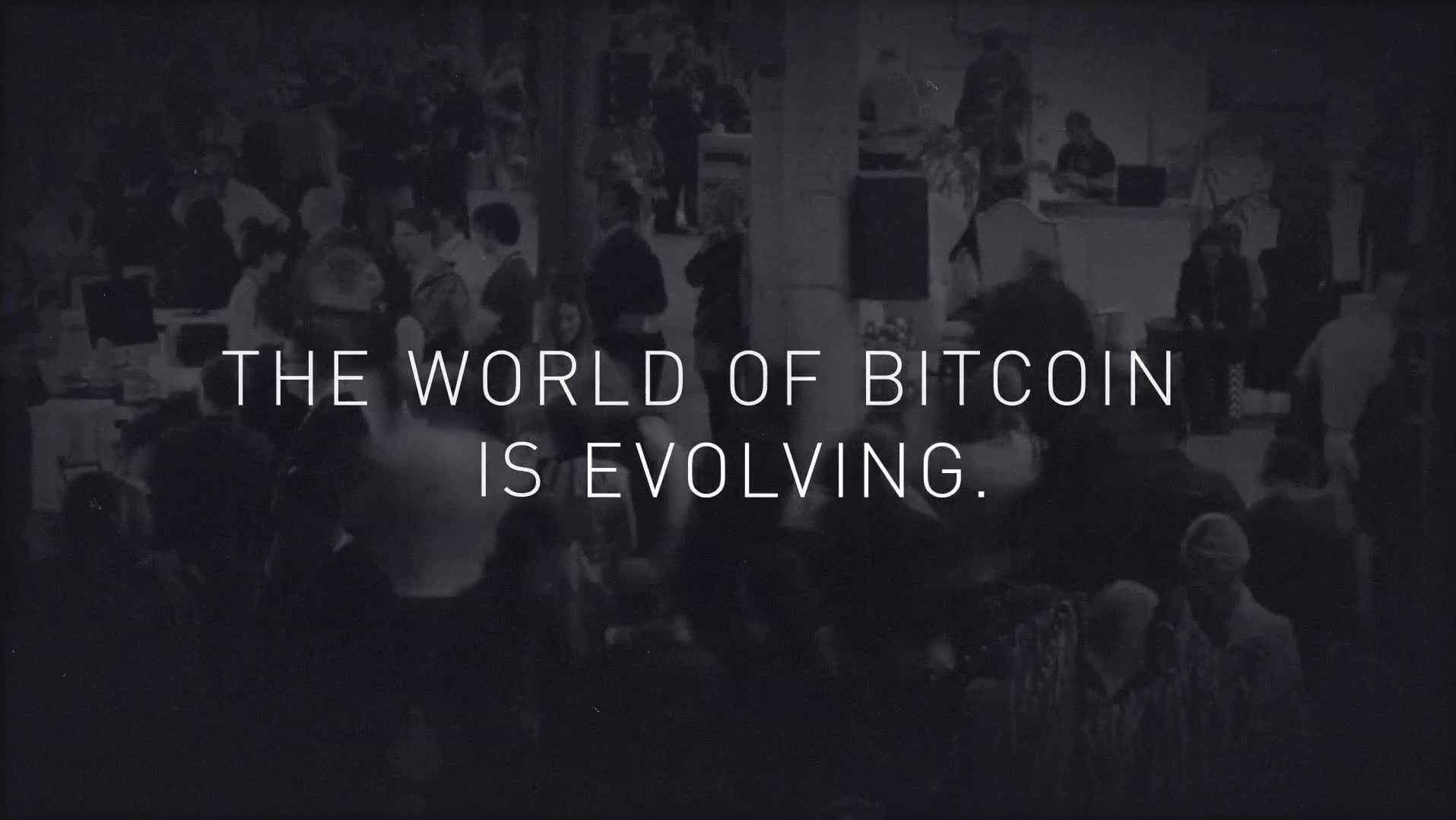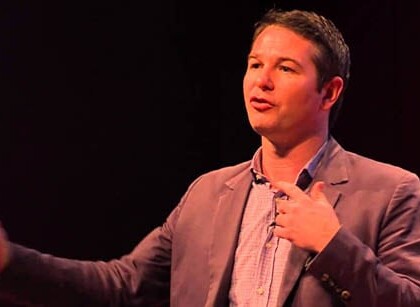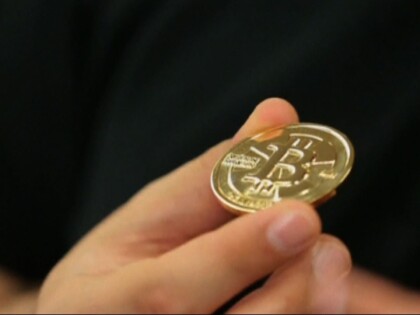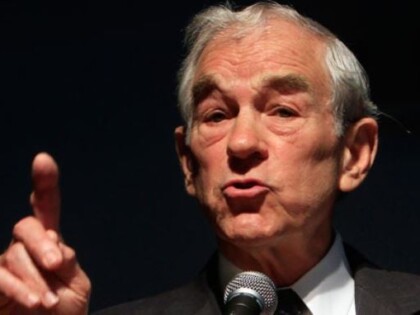
Since money was first invented many thousands of years ago, poverty has always been a social problem. Income inequality has always existed. A few select people have the majority of the wealth, while everyone else have a minority of the wealth available. The Industrial Revolution of the 19th century and the arrival of the internet at the end of the 20th century did nothing to change this reality. Many people remained poor, in spite of the revolutionary way in which standards of living changed for the blue collar day laborer.
Precious minerals constituted a great part of this wealth. Among these were gold, silver, platinum, diamonds, rubies, emeralds, and sapphires. Each mineral has its own intrinsic value and thus its own unique price. Both governments and wealthy people recognize that precious minerals are a better way to secure long-term wealth than fiat currency, for fiat currency is subject to the whims of rulers. It may be inflated, or hyper-inflated. Its value is often determined by the decisions of those who own a nation’s printing press.
This is not the case for cryptocurrency, however. Cryptocurrency is essentially digital money with no physical basis. It cannot be printed. It can be introduced all at once or a little at a time. Among these are bitcoin, litecoin, dogecoin, darkcoin, and NXT. There are, in fact, so many different crypto currencies that it’s impossible to predict which of them, or how many of them, will become more valuable or less valuable over time.
And while cryptocurrency mining- the process of solving new blocks in a blockchain- becomes more expensive as the mining difficulty rises, it must nevertheless be observed that a cryptocurrency can be created from nothing. Indeed, people are already doing this, and continue to do this. There is every indication that bitcoin, the most popular cryptocurrency, is merely the beginning for digital money. Innovation- and copying- will occur.
It is not impossible to imagine every citizen in the world having some cryptocurrency or other, given enough time. Even people without cellphones or access to the internet can access their money through an intermediary- ie, a village internet host. Tribes of aboriginal peoples can be granted valuable assets to spend or not spend as they see fit. The money can be created out of nothing and given to anyone.
The people who will bring cryptocurrencies to various nations around the world will be those who are interested in doing so, as is already the case in Ghana. People are actively interested in improving their living conditions. The best way to do this is by improving the money people use to conduct business. As long as cryptocurrencies remain valuable while fiat currencies remain unstable and unreliable, people will have an incentive to introduce it into their region. This is true for Mexico City, and Lhasa, and Jakarta, and Canberra. It is true for Cleveland, and Ontario, and Tokyo, and Moscow.
That everyone can have money will not devalue any one currency or other. The intrinsic value of material wealth can be observed through the existence of precious minerals. The existence of diamonds does not devalue gold. The existence of silver does not devalue platinum. Nor will the existence of litecoin devalue bitcoin. Every cryptocurrency will have its own value based on what it is, what can be done with it, and how scarce it is.
To put it another way: the existence of cryptocurrencies makes it possible to give every citizen in the world a stack of gold. The currency thus given out will not be valuable by itself – not at first. Time will have to pass in order for scarcity to change the value of the currencies. Nor will every currency succeed in making impoverished people wealthy.
Yet the potential already exists. One day, poverty may be a thing of the past. On such a day, homeless people will no longer be homeless. Welfare programs – and the government agencies who administer them – will no longer be necessary. The world will be alive with commerce, wherein transactions can be done instantly with anonymity.
Such a future is not only possible; it is becoming increasingly probable.







